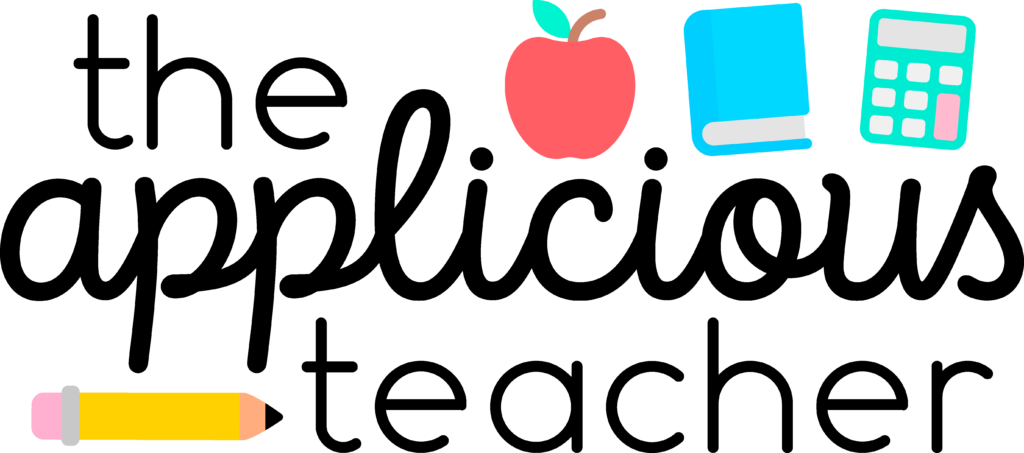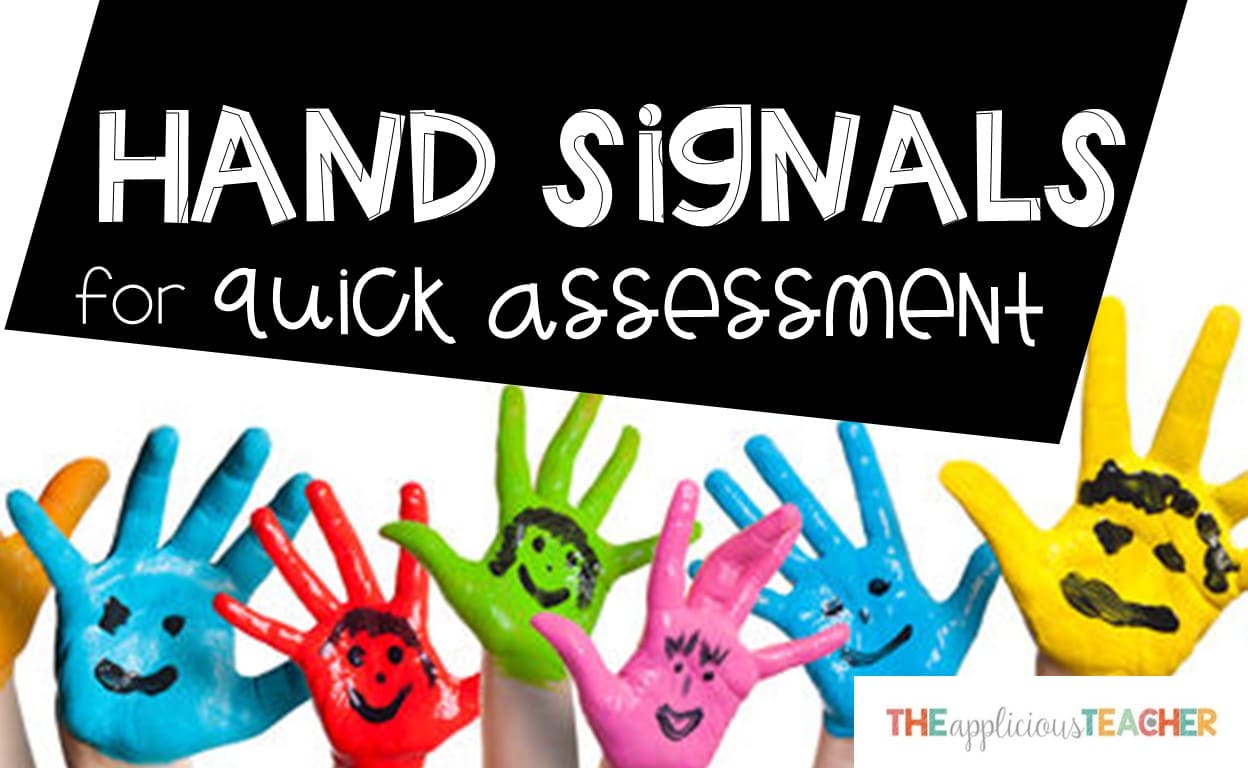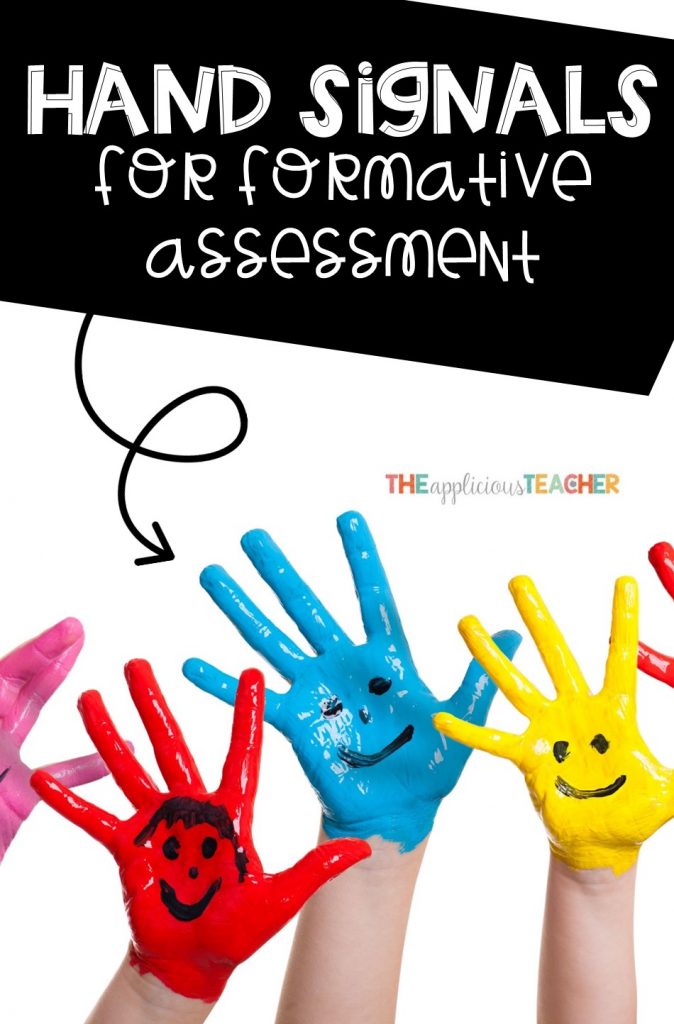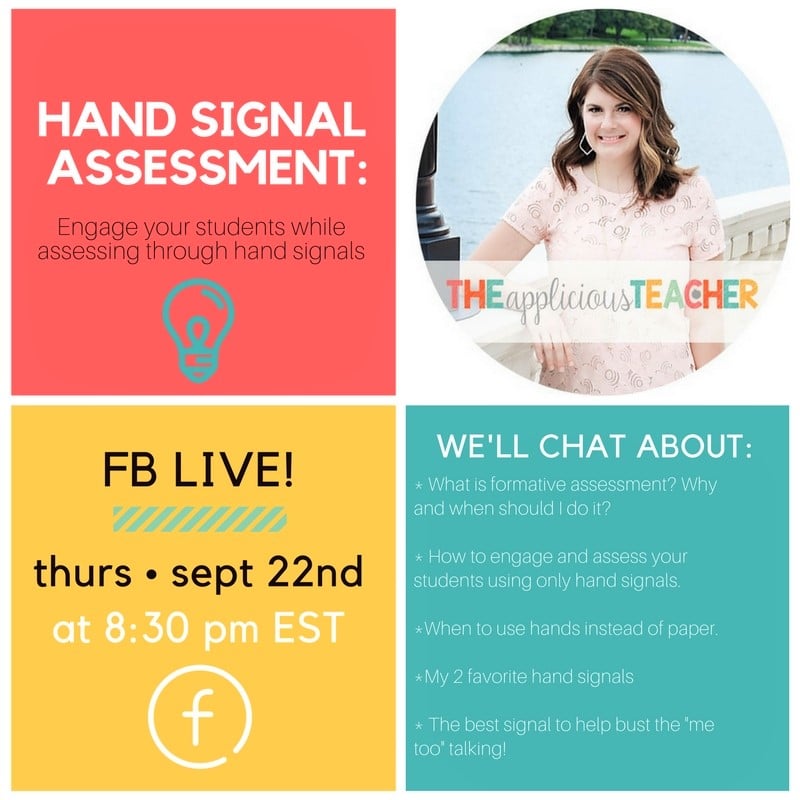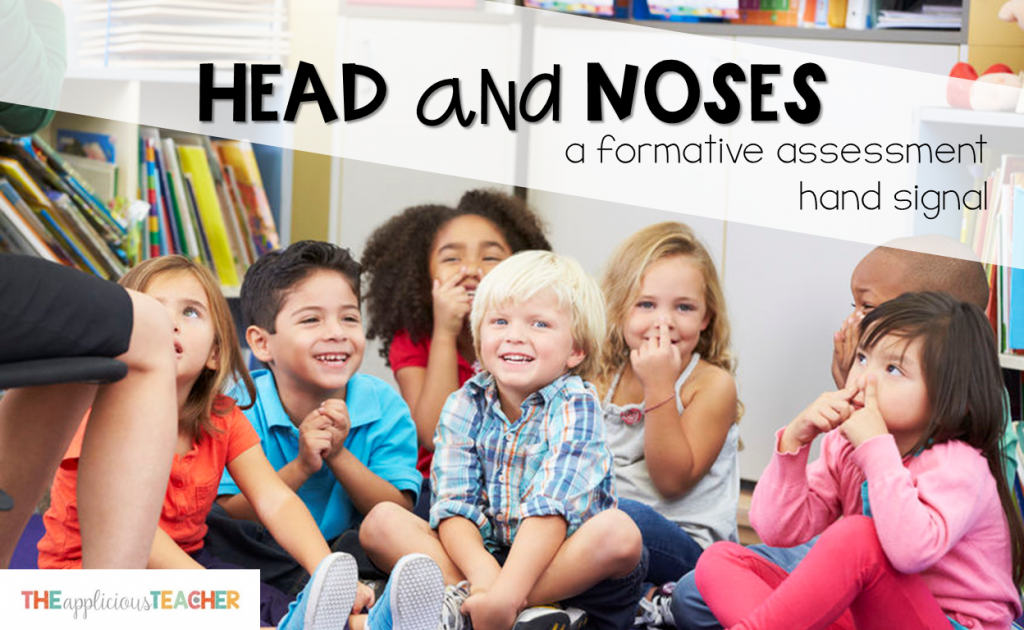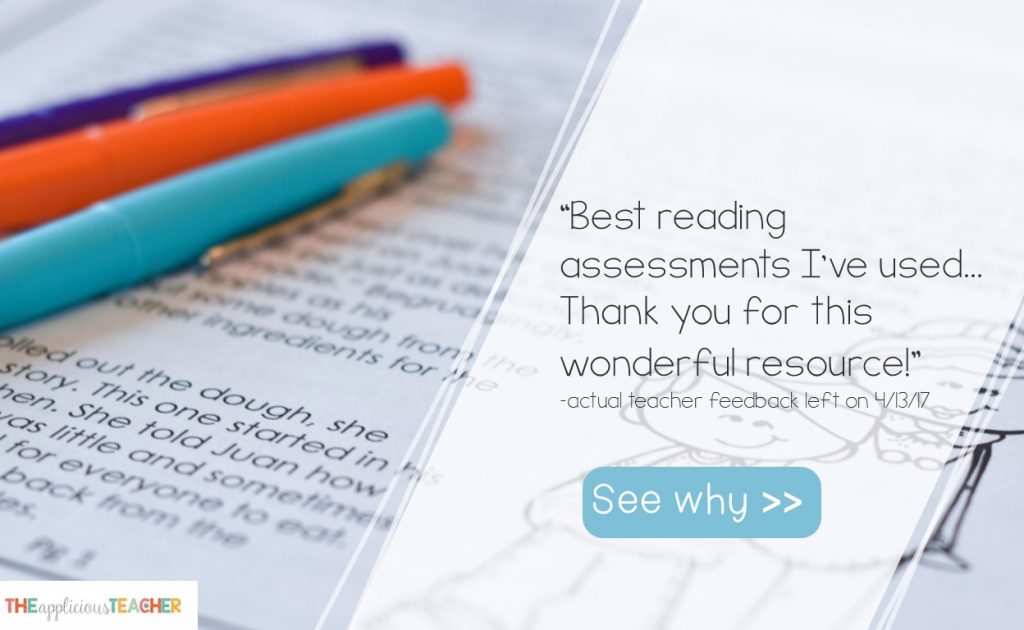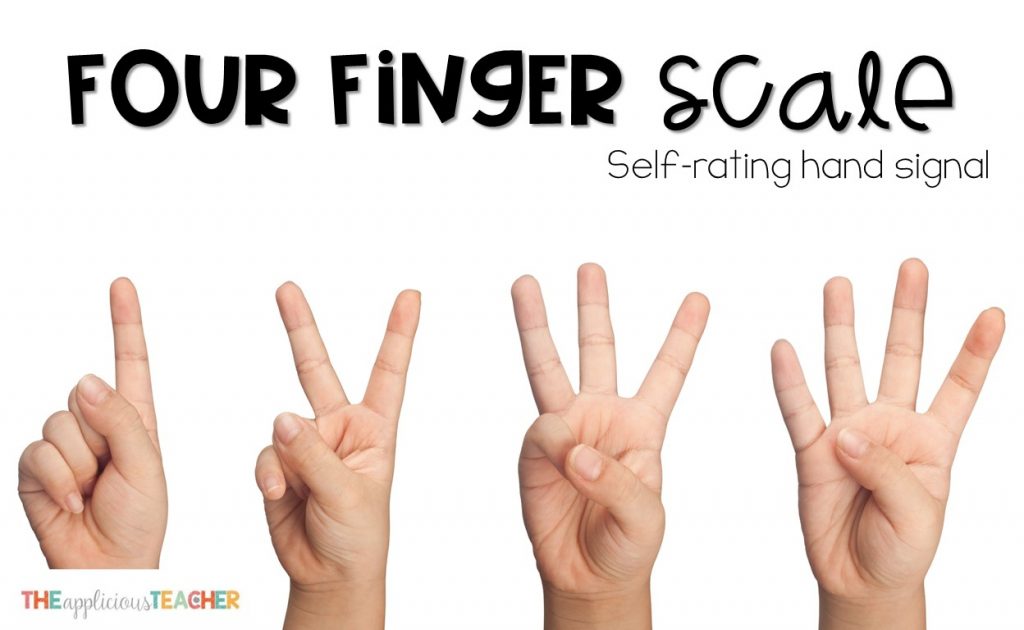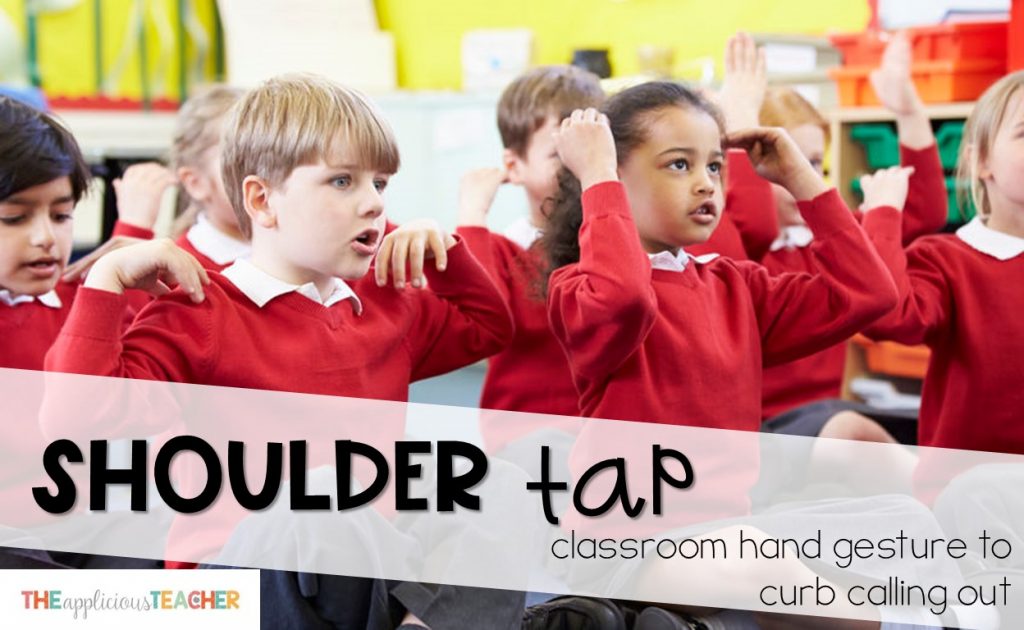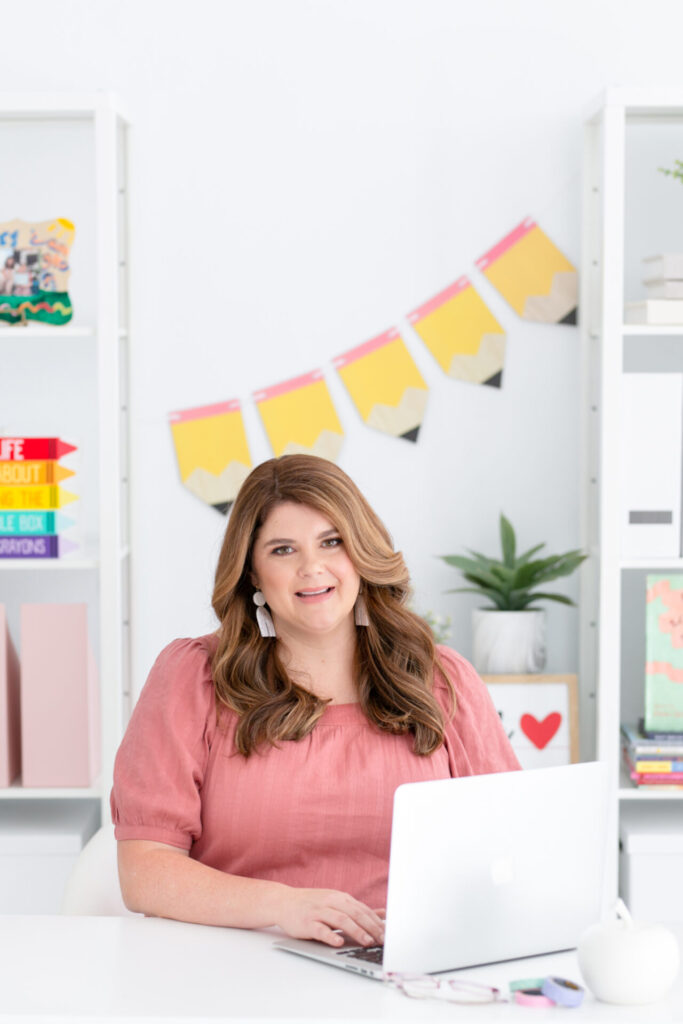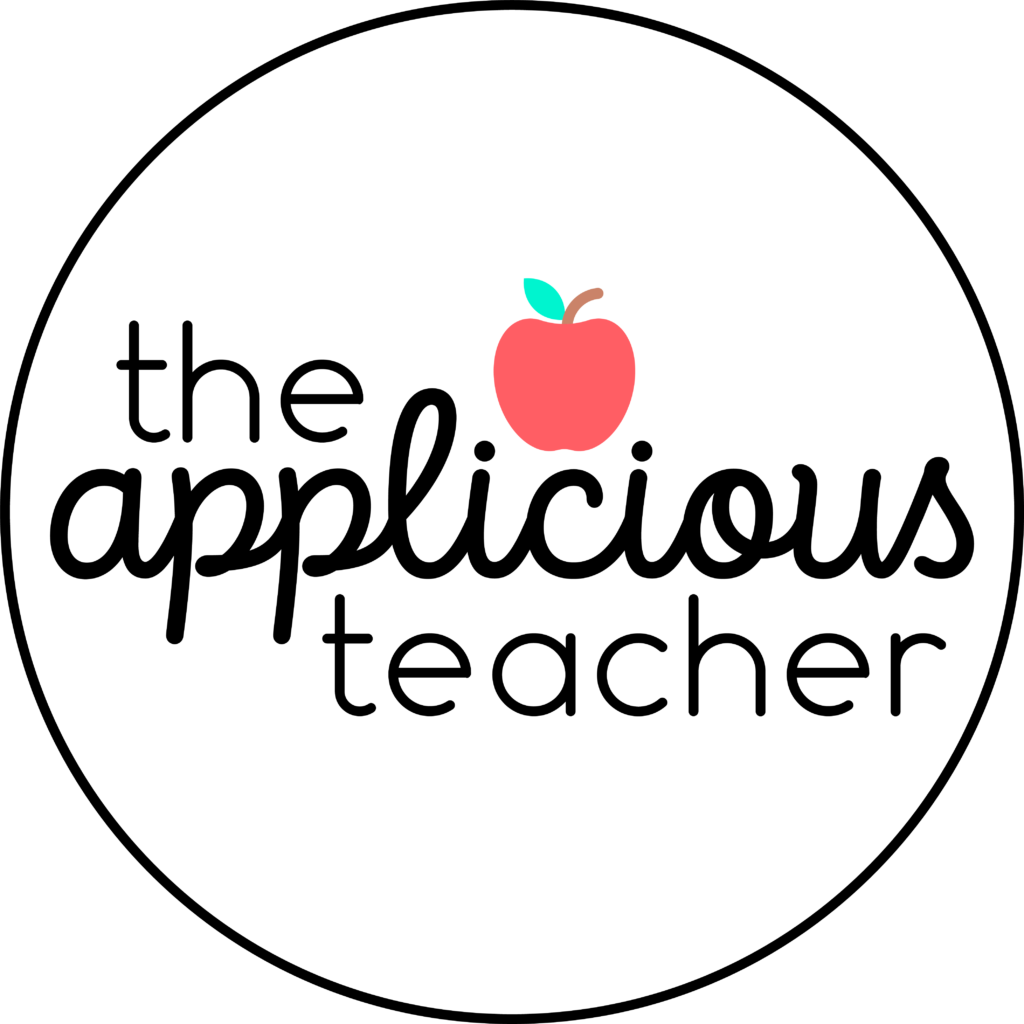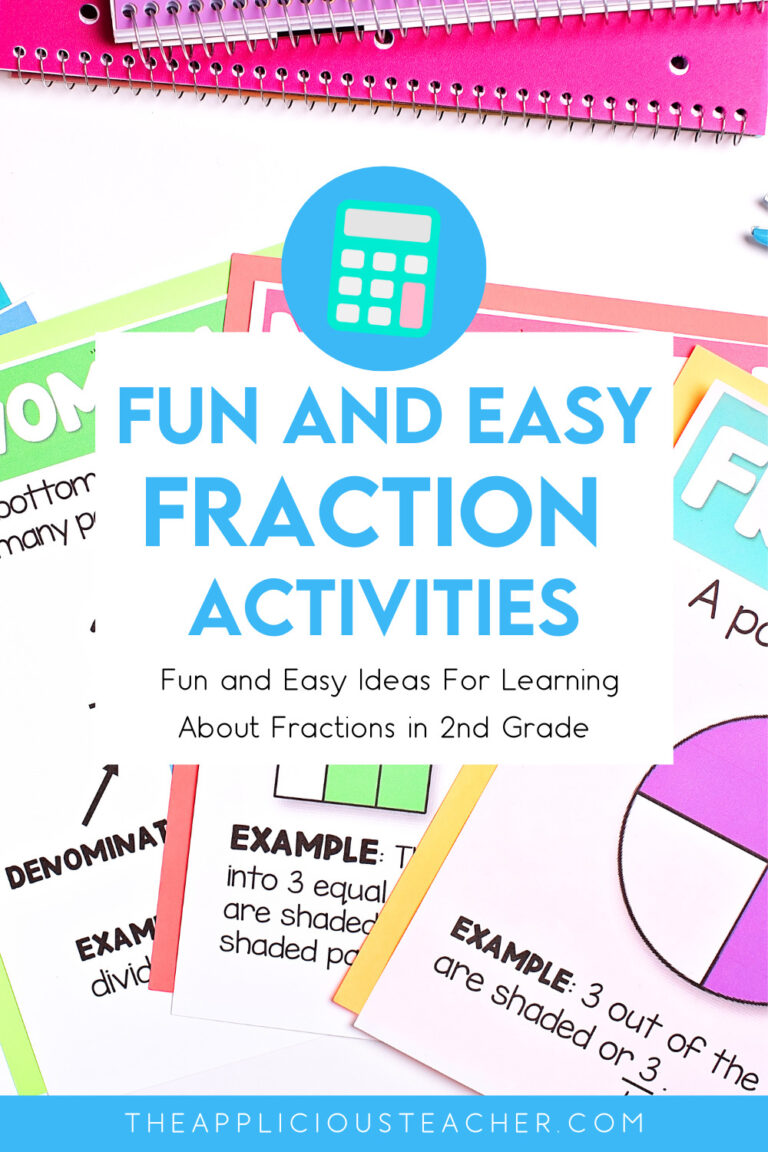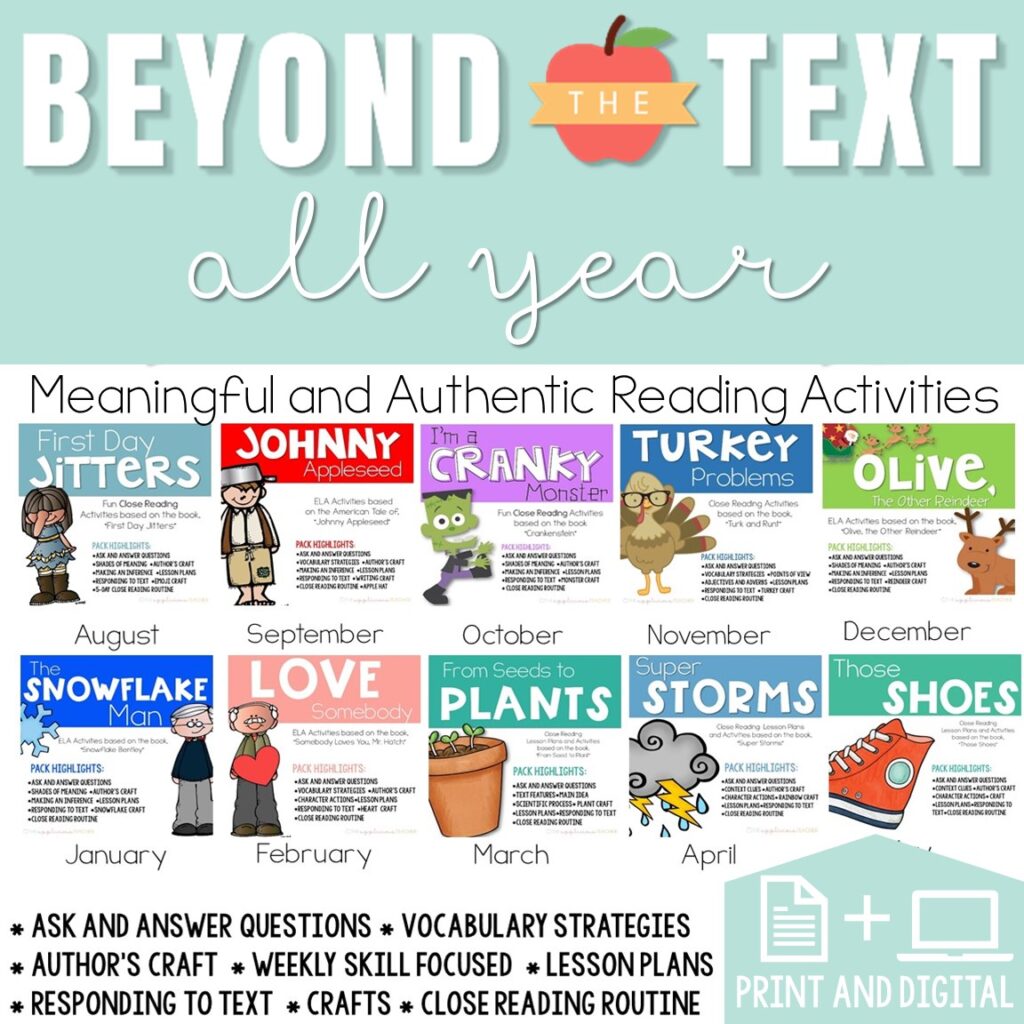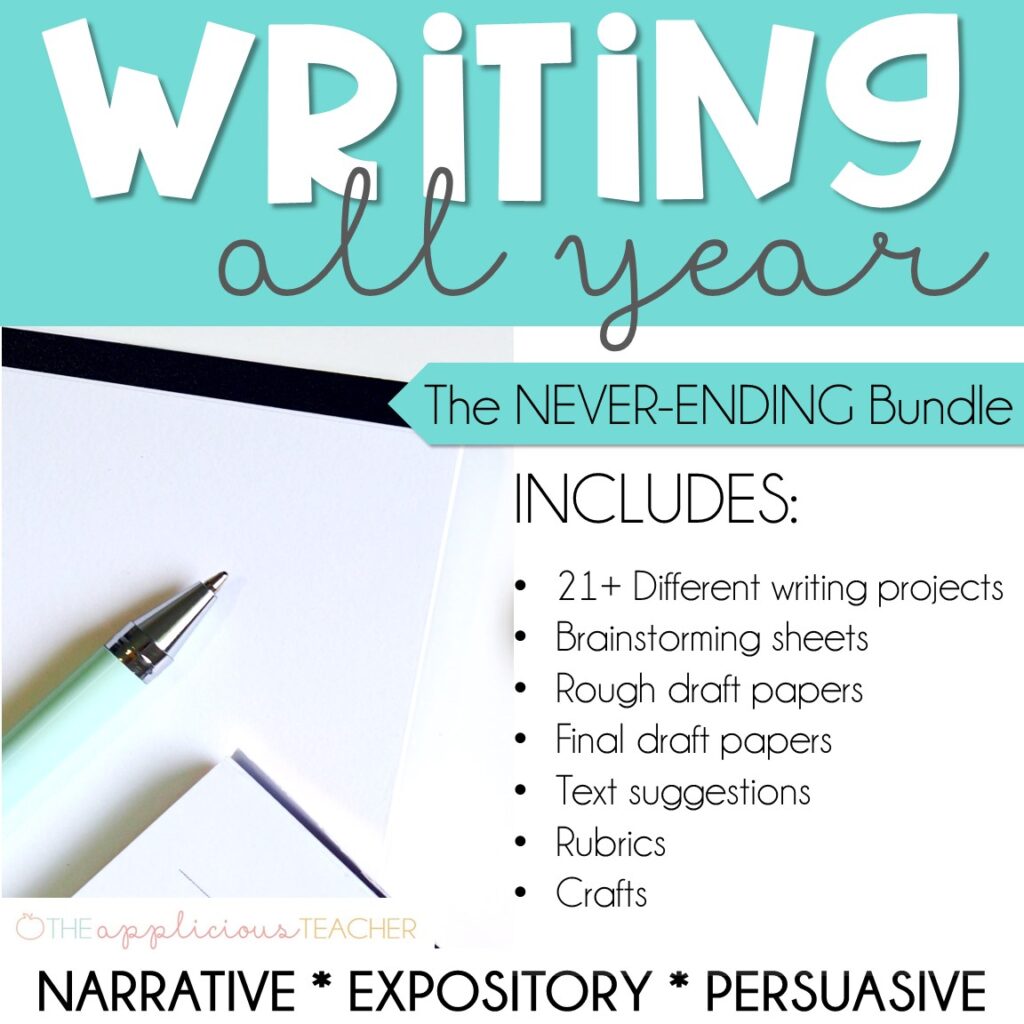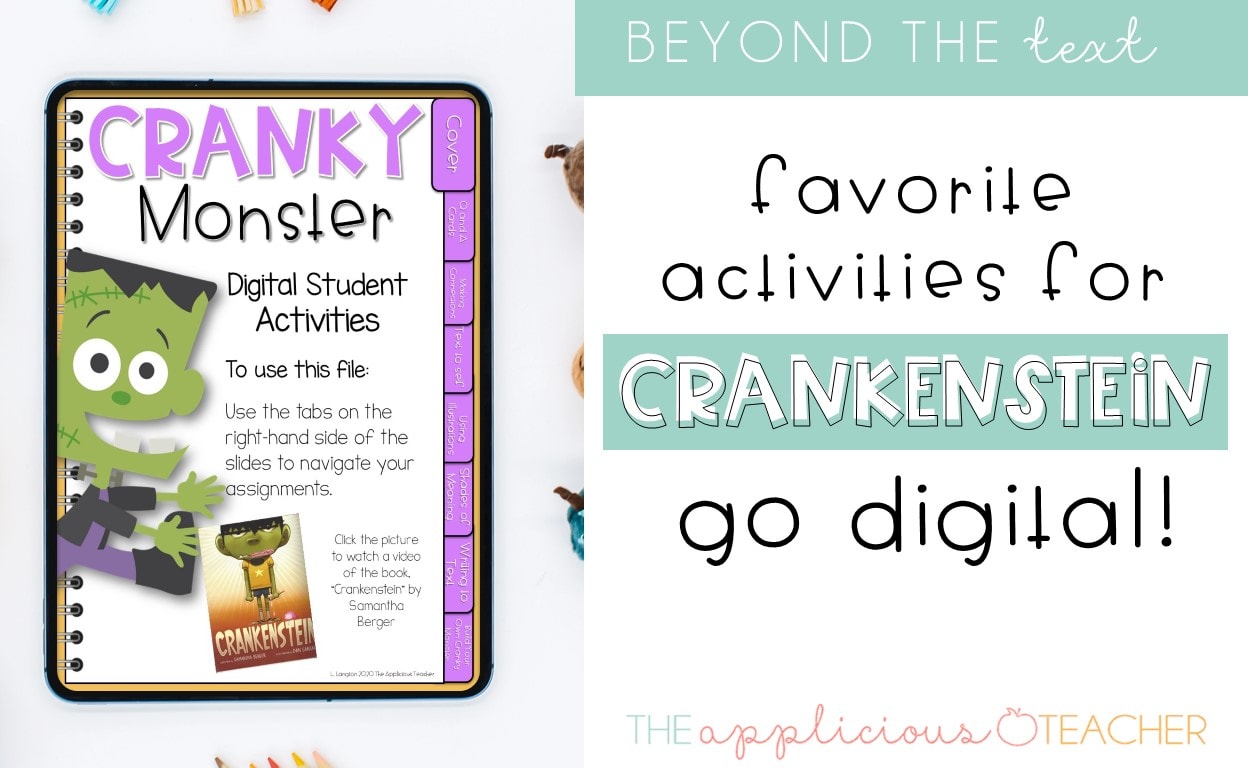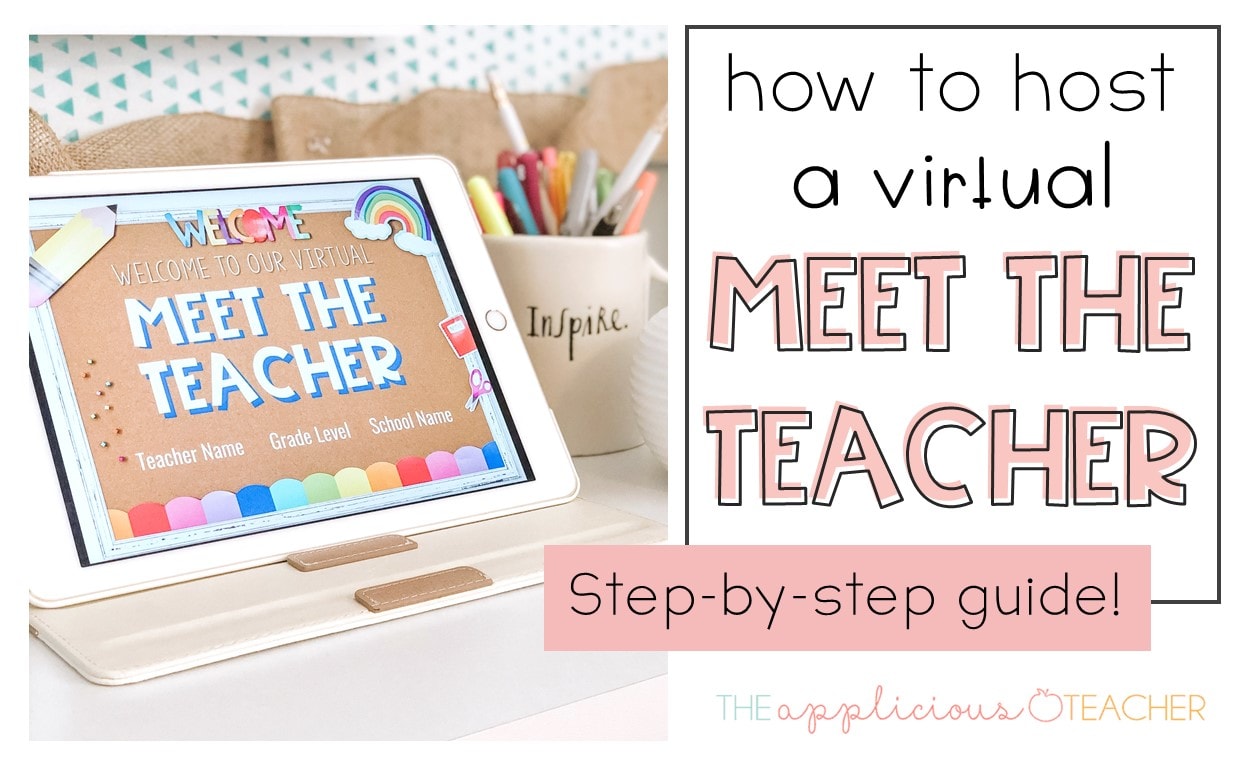One of my biggest complaints about teaching in the classroom is time. Or really, the lack thereof… time is precious. Talking/assessing seems to take up a lot of my precious time. So…do you need to cut down on talking time in your classroom? What about the time you take to assess your students? We can solve two problems with one idea. That’s using hand signals for formative assessment. But, before I go any further please don’t be discouraged by that word ‘assessment’! I know it often comes with negative connotations. When we think of assessments, we think of standardized tests, developmentally inappropriate. But probably the worse? Stacks and stacks of grading that come from giving assessments.
But, Formative assessments are actually a teacher’s best friend! They allow you to spot-check your students’ learning, quickly see where and how they’re progressing, and whether they’re understanding the concepts. I know some districts use the term formative assessment while others may not. Formative assessment means progress monitoring during an activity or assignment. It can also include a quick spot check on a specific skill or idea.
As teachers, we’re probably already doing this without thinking about it, whether it’s spot-checking during a worksheet, a short test after an assignment or just a checklist that you walk around with to monitor students’ understanding of the lesson objectives.
No time for reading? Watch the video instead!
Quick Formative Assessments Using Hands
So many times these “quick assessments” are not quick at all! Mainly because… they also include paper. But not all assessments NEED to include a paper! Take the paper aspect away from assessments and bring in hand signals. I know many teachers use hand signals in their classroom. In my classroom, for instance, we have a hand signal for bathroom or drink. I also like to use a thumbs-up to signal when students have finished an activity.
So what’s the benefit of using hand-signals?
They cut down on wasted instructional time by providing a visual quick check. For instance, with the thumbs-up, I don’t have to go around the room and ask each student individually if they’re ready to move on, I’ll know simply and immediately when I see the majority of the class using this gesture. There are other hand signals to use in the classroom too! Here are three of my favorite ones for a quick assessment!
Heads and Noses
So the first-hand signal I like to use is super simple— it’s called ‘Heads and Noses’. What does that stand for? Placing your hands on your head means “Yes, I agree”. Touching your nose means “No, I disagree”. Easy.
I love classroom discussions because I always have talkers in my room, and this is a great hand signal to use for this part of a lesson. Students like to talk and I need to allow them this time to be heard and monitor that. A lot of the time when we’re doing these discussions though, the kids all want to share at the same time, they’ll often all shout out and it can get a little crazy.
A great way to curb this and allow me to see what students thoughts are is by telling them— “Heads and Noses”. If a student is giving an answer let’s say, and I want to know whether the rest of the class agrees or disagrees— especially if it’s a wrong answer where you want to make sure the class understands well enough to disagree, all I need to do is ask: “Okay, so Heads and Noses on this answer”. Right away, in about five seconds, I’m able to see who has understood the concept, who understood that the answer was wrong, and who is just going with the flow and not really even paying attention. ‘Heads and Noses’ then is one of my favorite and easiest to use gestures.
Four Finger Scale
The other hand signal I like to use is asking the students to grade themselves on a scale of one-to-four. This hand signal is great for self-assessment after having taught a concept and right before moving on to an individual assignment. It basically just involves asking the students to assess where they are by holding up their hand to show how well they’ve understood a concept and how confident they are using it. Read more about self-assessment here!
If we’re doing a grammar lesson let’s say, I might ask: “Okay I want you to think about our lesson today, and think how you feel about nouns. Do you understand what a noun is? If you’re reading something, would you be able to pick out the nouns?”. I’d then give them some think-time, usually about ten seconds, and then ask them to rate themselves.
The Scale
So on this scale holding up:
- 1 finger means they did not understand the concept and they’re lost.
- 2 fingers mean they kind of get it but they’re definitely going to need to sit with the teacher for a quick reteach— maybe they have a couple quick questions for example.
- 3 fingers would mean ‘I’m proficient, I understand this, I might have a couple of questions, but I’m pretty good to go and get started on the activity by myself’.
- 4 fingers mean ‘I’m out this world with this! I really understand it and could probably even teach it!’.
What I love about using this point scale is that those 4s can become your student helpers. When we’re in a classroom with eighteen to twenty other students who are feeling a little overwhelmed, we don’t have time to get to every single student. So those 4s who are telling me they’ve understood the concept well enough to teach it (of course I’ll always check), can go around and help with some of the students who have graded themselves a 2.
So after they’ve rated themselves is tell the 1s and 2s to come to my table as a small group while 3s and 4s can go ahead and get started on whatever the independent part of the assignment is.
I know many teachers are concerned that students will lie about how they’re feeling because they want to just want to get started, but I’ve used this concept in second and third grade, and the majority of the time students are very honest about how they’re feeling. The 2s especially are usually honest! They know they’ll get to come and sit with me and have a quick little extra reteach, while the 4s do really want to get up and help teach. Of course, that means you might end up with extra 4s! Students love helping, so be careful and make sure to spot-check them first!
Shoulder Tap
So a little bonus head signal for you is called ‘Shoulder Tap’. Like I said earlier, I really enjoy doing classroom discussions— I like for students to be able to speak and have a conversation about a concept in a very casual manner without them having to raise their hand to share.
So, for Shoulders— this is a way for students to agree that they were thinking the same thing that someone else has just said. I find so often it happens that a student will be talking about something, or someone says an answer and all of a sudden all of the other kids will shout out: ‘No, they took my answer! That’s what I was thinking!’. Or maybe during their time they’ll share the exact same story or the same exact thought. Of course, you want them to share, you want to be able to validate what they’re saying, but you don’t have time to hear ten of the same story.
Shoulders then is a great way for students to say ‘That’s what I was thinking’ or ‘That’s what I was going to say’. I’ve seen that if you train your students to use this, it’s a great way to bust those shout-outs that can happen when you’re doing classroom discussions.
Using Hand Signals in the Classroom
Using hand signals in the classroom as part of your formative assessment routine can be pretty powerful! Heads and Noses, the Four Finger Scale, and my bonus gesture Shoulders are all great ways to be more effective and efficient in your classroom. Using hand gestures helps cut down on talking time, the time it can take to spot-check where your students are at with a concept, as well as generally just curb shouting out for a more synchronized dynamic in the class. Let me know if you use any of these concepts in your classroom!
Sign up to snag these!

Receive all these classroom management tools right to your inbox!
Success! Now check your email to confirm your subscription.
